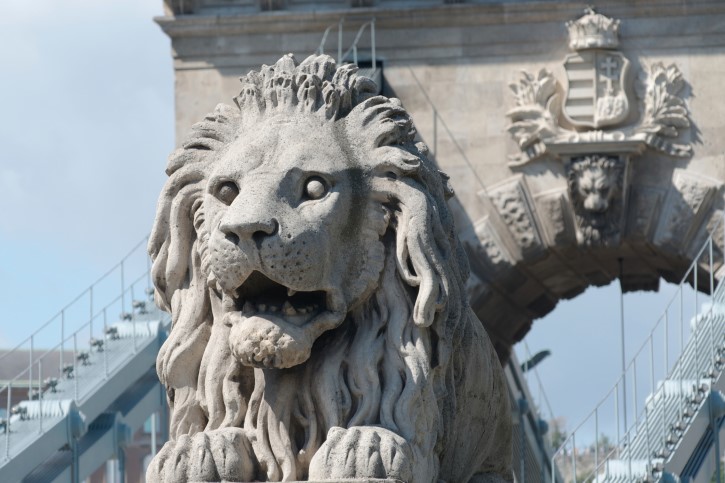The renovation of the Chain Bridge is currently underway, but perhaps few people know that the official handover of the bridge took place on November 20, 1849.
The inauguration ceremony was led by the Austrian Commander-in-Chief Haynau, who executed the 13 Arad martyrs a few weeks earlier. Only the lined-up military and a few passers-by took part in the ceremony, the atmosphere was not festive, and no speeches were made.
Although limited, the bridge was used even before its official handover. For the first time, on January 1, 1849, on Kossuth's order, the car of State Commissioner Sámuel Bónis passed through it, accompanied by grenadiers, carrying the Hungarian Holy Crown from Buda to the train bound for Debrecen.
The history of the construction of the Chain Bridge, named after István Széchenyi, is well known, as well as its many interesting features, of which perhaps the best known is that the stone lions seen at the pillars of the Chain Bridge do not have tongues.

According to legend, after the handover ceremony, a susterina exclaimed: "These lions are worthless, since they have no tongue!"
Everyone then looked at this exclamation, so the people could see that what the servant said was true: lions really do not have tongues, because the sculptor forgot to carve them!
The sculptor János Marschalkó, who carved the stone lions, had a good laugh at the Pest legend until the end of his life. After a while, the artist was satisfied with the taunts and made a bet with his friends, who kept pestering him for the sculptures. The bet was for HUF 500, which was considered a huge fortune at the time, Marschalkó wanted to prove that lions don't need to cut their tongues in such a position. They went to the circus that had just settled nearby, where it was proven that the sculptor was right, the animal's tongue cannot be seen in such a position of the mouth. Marschalkó offered the entire amount won by the bet to charity.
As already mentioned, the renovation of the Chain Bridge is currently underway, and this naturally includes the restoration of the stone lions.

On Friday, MTI published some photos of the renovation of the stone lions of the Chain Bridge. The photos show how stone sculptor Balázs Szemerey-Kiss restorer works on the legendary statues. The lions are scheduled to return to the Chain Bridge next year. Source: nlc.hu/kozelestavol.hu/mandiner.hu













